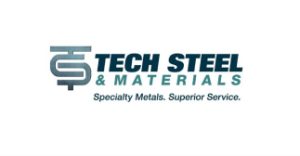Boeing Passes 2nd Major Test Regarding NASA Space Taxi Flights In 2017

Boeing has surpassed another hurdle in its quest to send astronauts into space for NASA by 2017 by successfully completing the ground segment design review.
NASA took three weeks to examine Boeing’s work at the former space shuttle processing facility at the agency’s Kennedy Space Center in Florida, as well as a future mission control center.
“Along with facility designs, we looked at the operation processes,” Dave Allega, a lead in the ground and mission operations office of NASA’s Commercial Crew Program, said in a statement. “How would they be using those facilities? What is the flow? How are they going to build up their new spacecraft, get it ready to fly, put it on the launch vehicle and then operate it once it is there? Then, after landing, how will they go recover it and turn it around to go and do it again?”
Boeing’s CST-100 spacecraft, along with SpaceX’s Dragon, are the two funded space taxis tasked with launching astronauts into space, specifically to the International Space Station.
Allega added, “The CST-100 will be a more simple vehicle to operate than the space shuttle, but the automation is complicated in and of itself, so we need to understand that automation and so does the crew. When Boeing trains our astronauts, they will have to balance simplicity, and giving the crew everything they need to know to manually operate the spacecraft just in case something goes wrong.”
While NASA still plans to review Boeing’s processes for astronaut training and monitoring crewmembers, Boeing was notified the ground segment design review is complete meaning Boeing’s Commercial Crew Transportation Capability has reached its second major milestone as the company continues to work towards 2017.



 Tech Steel & Materials
Tech Steel & Materials